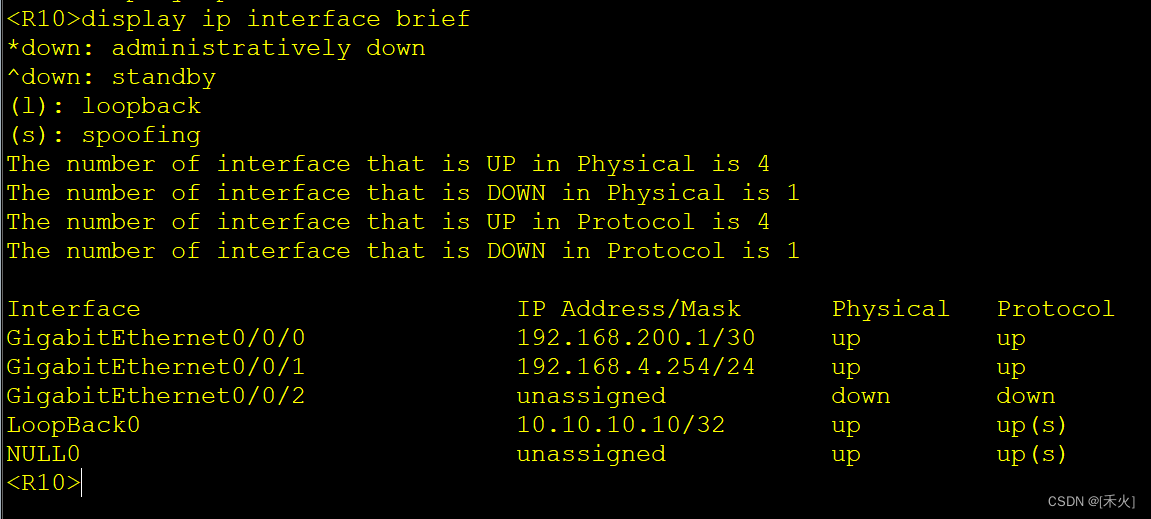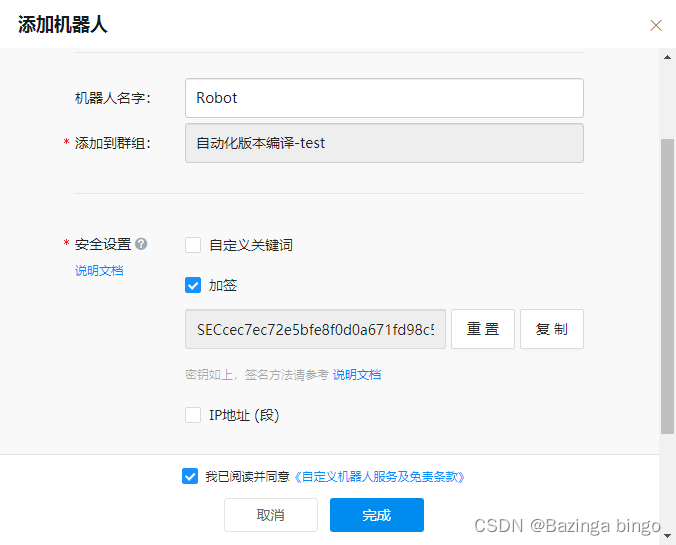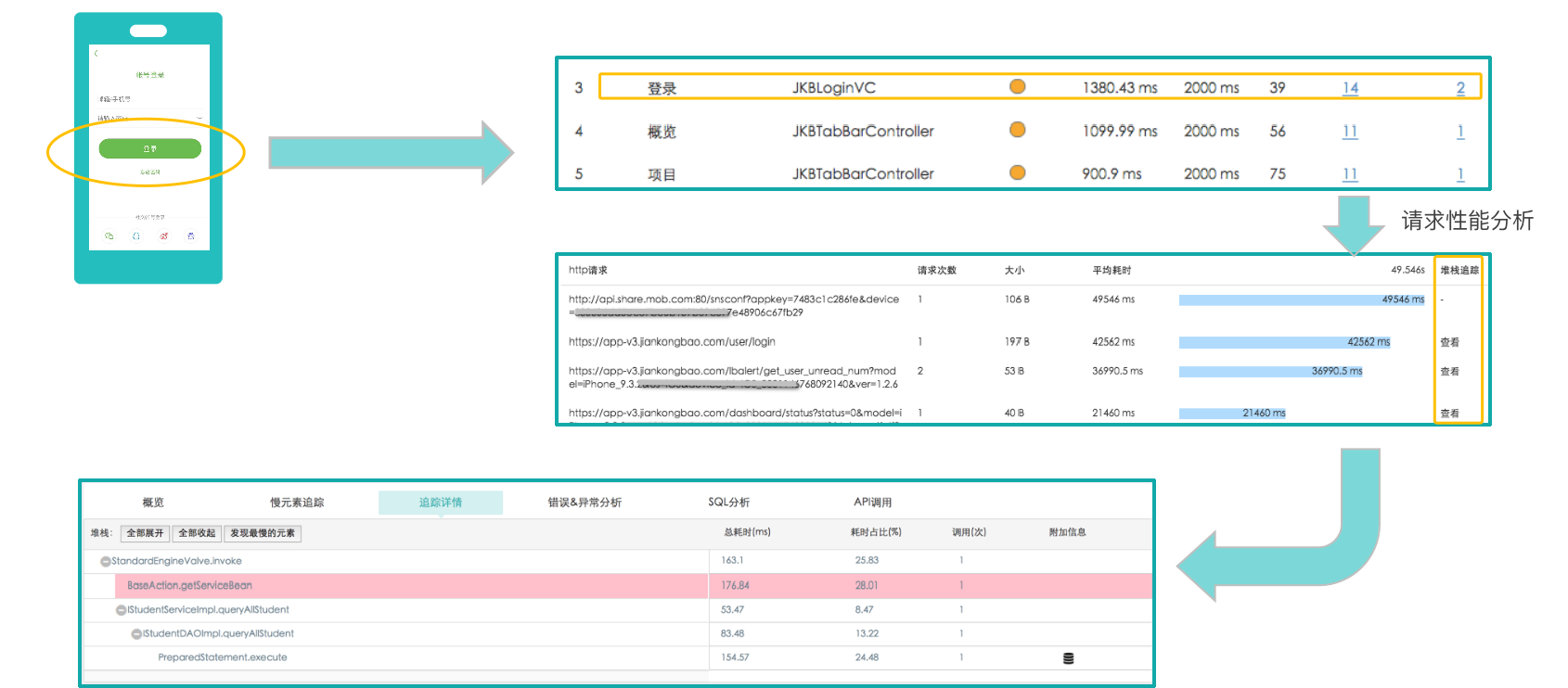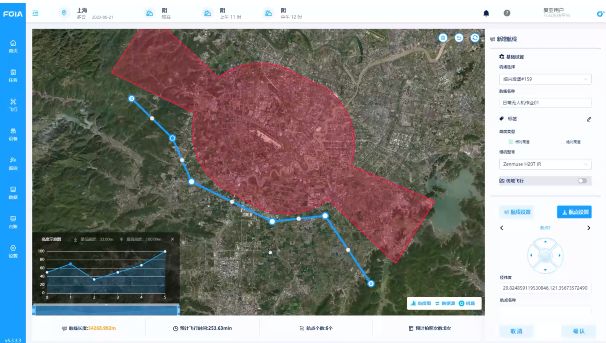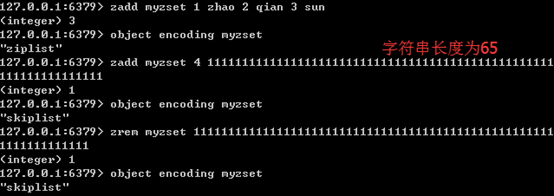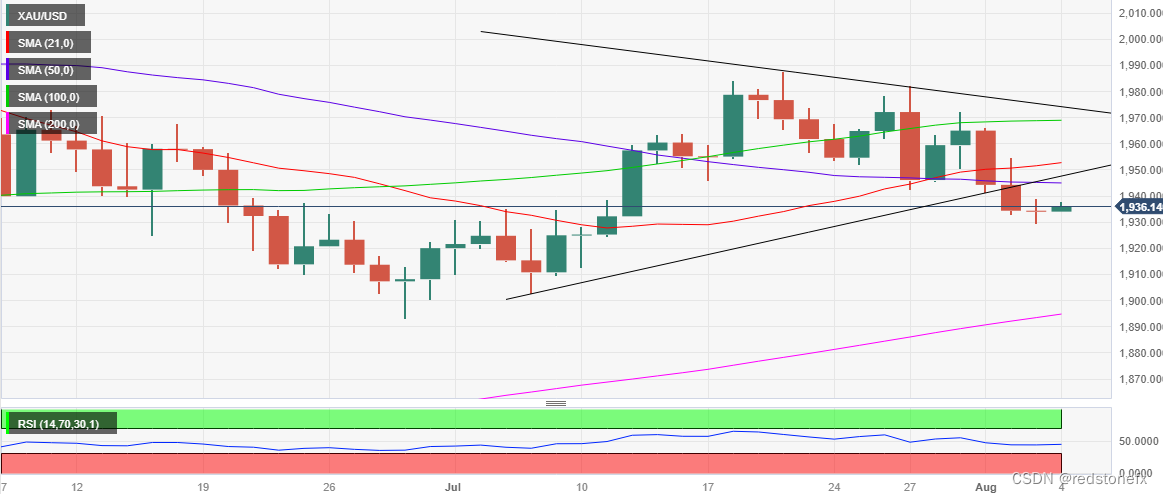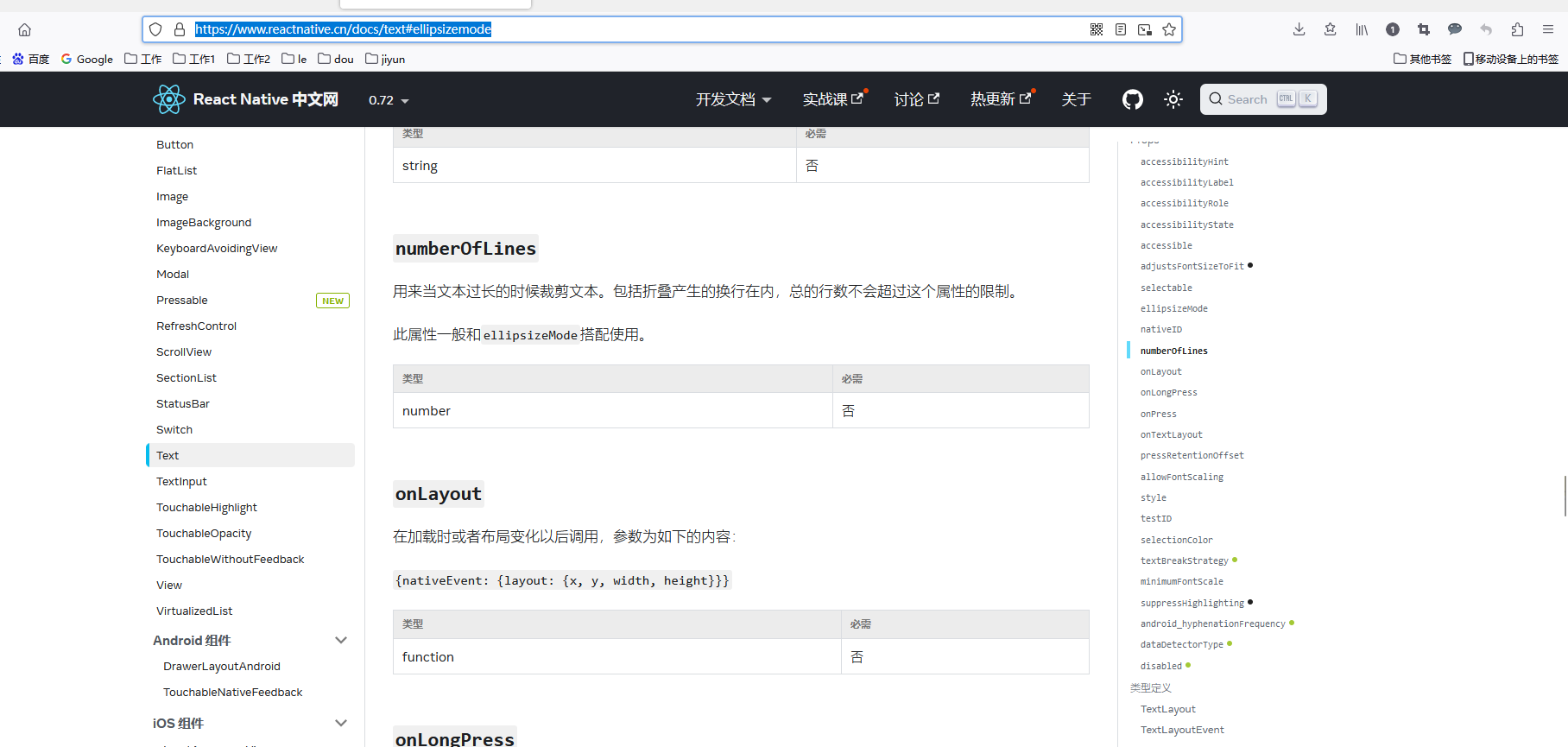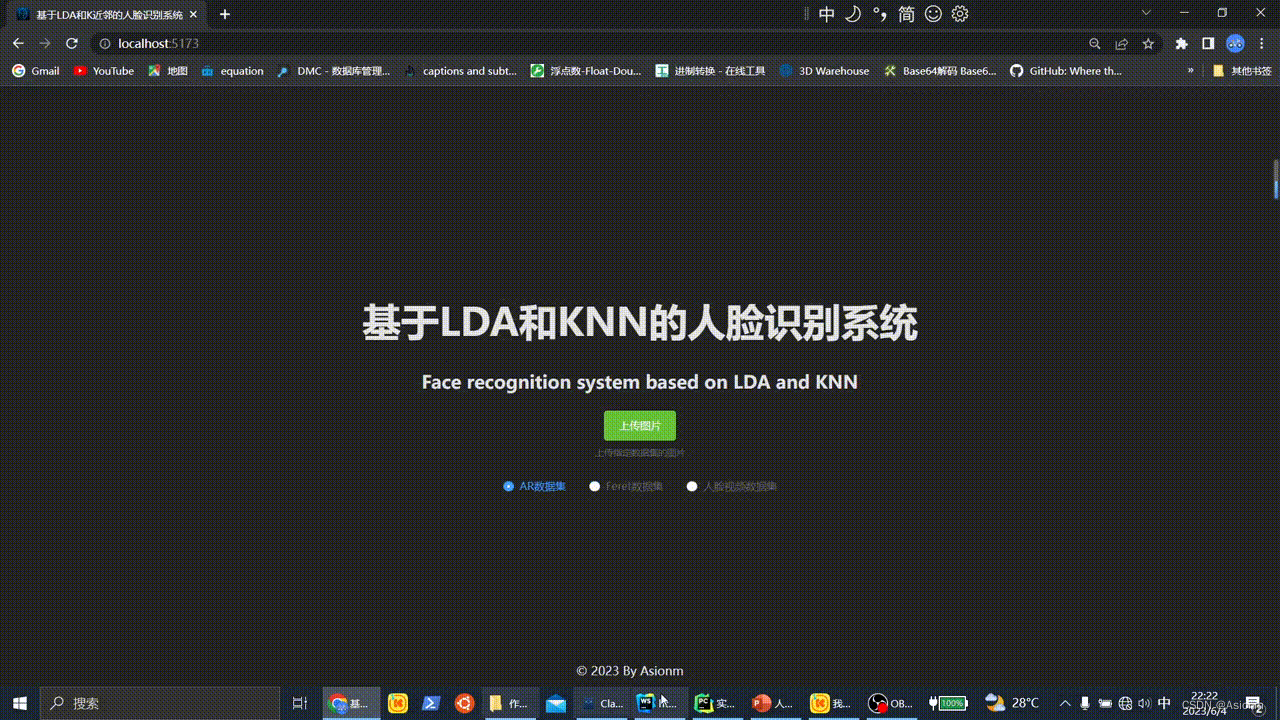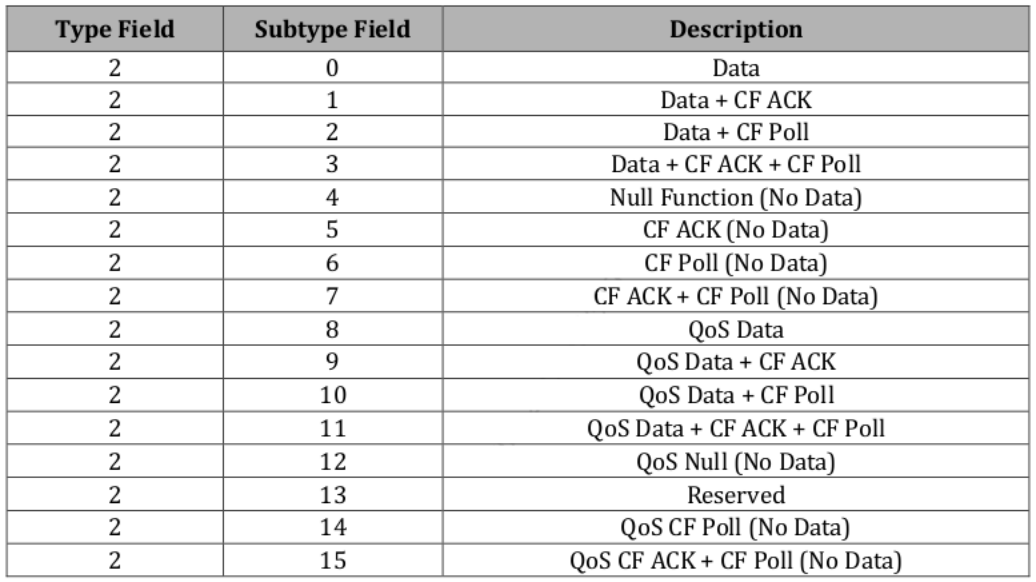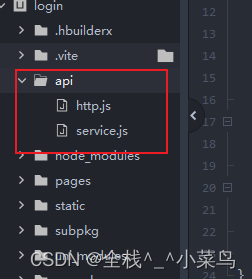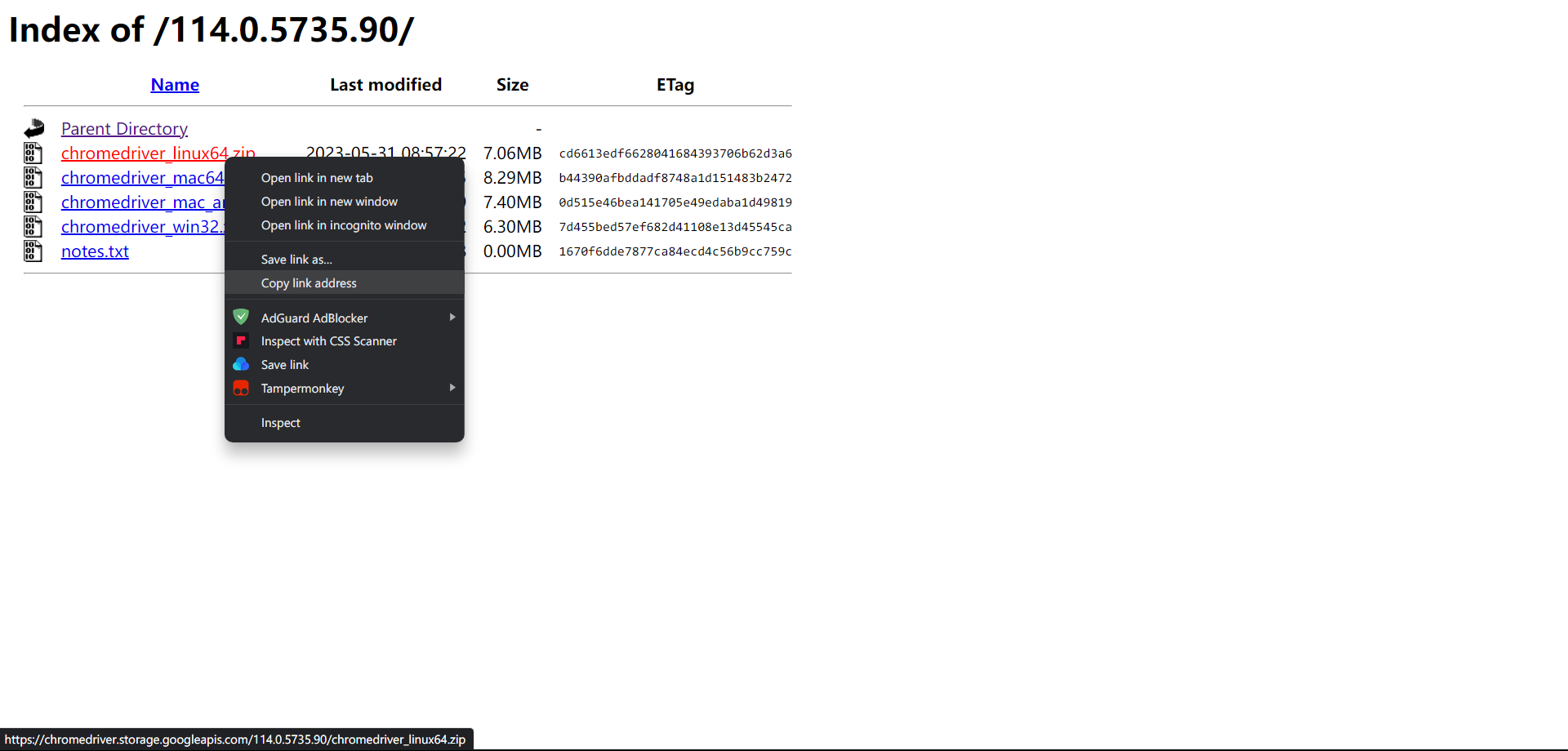目录
- 1_认识插件Plugin
- 2_CleanWebpackPlugin
- 3_HtmlWebpackPlugin
- 4_DefinePlugin
- 4.1_介绍
- 4.2_DefinePlugin的使用
- 5_Mode模式
1_认识插件Plugin
Webpack的另一个核心是Plugin,官方有这样一段对Plugin的描述:
While loaders are used to transform certain types of modules, plugins can be leveraged to perform a wider range of tasks like bundle optimization, asset management and injection of environment variables.
上面表达的含义翻译过来就是:
- Loader是用于特定的模块类型进行转换;
- Plugin可以用于执行更加广泛的任务,比如打包优化、资源管理、环境变量注入等;
2_CleanWebpackPlugin
前面演示的过程中,每次修改了一些配置,重新打包时,都需要手动删除dist文件夹,可以借助于一个插件来帮助完成,这个插件就是CleanWebpackPlugin;
首先,先安装这个插件:
npm install clean-webpack-plugin -D
之后在插件中配置:
const { CleanWebpackPlugin } = require("clean-webpack-plugin")module.exports = {//其余代码省略plugins: [new CleanWebpackPlugin()]
}
3_HtmlWebpackPlugin
还有一个不太规范的地方:
- HTML文件是编写在根目录下的,而最终打包的dist文件夹中是没有index.html文件的。
- 在进行项目部署的时,必然也是需要有对应的入口文件index.html;
- 所以也需要对index.html进行打包处理;
对HTML进行打包处理可以使用另外一个插件:HtmlWebpackPlugin;
npm install html-webpack-plugin -D
const HtmlWebpackPlugin = require('html-webpack-plugin')module.exports = {plugins: [new HtmlWebpackPlugin()]
}生成index.html分析
现在自动在dist文件夹中,生成了一个index.html的文件, 该文件中也自动添加了打包的bundle.js文件;
文件是如何生成的?
- 默认情况下是根据ejs的一个模板来生成的;
- 在html-webpack-plugin的源码中,有一个default_index.ejs模块;
生成的index.html内容是默认的模板,也可以生成自己想要的模板
自定义HTML模板
如果想在自己的模块中加入一些比较特别的内容:
- 比如添加一个noscript标签,在用户的JavaScript被关闭时,给予响应的提示;
- 比如在开发vue或者react项目时,需要一个可以挂载后续组件的根标签
<div id="app"></div>;
这个需要一个属于自己的index.html模块,比如说下面这个模板
<!DOCTYPE html>
<html lang=""><head><meta charset="utf-8"><meta http-equiv="X-UA-Compatible" content="IE=edge"><meta name="viewport" content="width=device-width,initial-scale=1.0"><link rel="icon" href="<%= BASE_URL %>favicon.ico"><title><%= htmlWebpackPlugin.options.title %></title></head><body><noscript><strong>We're sorry but <%= htmlWebpackPlugin.options.title %> doesn't work properly without JavaScript enabled. Please enable it to continue.</strong></noscript><div id="app"></div><!-- built files will be auto injected --></body>
</html>自定义模板数据填充
上面的代码中,会有一些类似这样的语法<% 变量 %>,这个是EJS模块填充数据的方式。
在配置HtmlWebpackPlugin时,可以添加如下配置:
template:指定要使用的模块所在的路径;title:在进行htmlWebpackPlugin.options.title读取时,就会读到该信息;
const HtmlWebpackPlugin = require('html-webpack-plugin')module.exports = {plugins: [new HtmlWebpackPlugin({title: "项目名称",template: "./index.html"})]
}
4_DefinePlugin
4.1_介绍
但是,这个时候编译还是会报错,因为自定义的模块中还使用到一个BASE_URL的常量。报错如下
ERROR in Template execution failed: ReferenceError:BASE_URL is not defined
ERROR in ReferenceError: BASE_URL is not defined
这是因为在编译template模块时,有一个BASE_URL:<link rel="icon" href="<%= BASE_URL %>favicon.ico">,但是并没有设置过这个常量值,所以会出现没有定义的错误;
这个时候可以使用DefinePlugin插件;
4.2_DefinePlugin的使用
DefinePlugin允许在编译时创建配置的全局常量,是一个webpack内置的插件(不需要单独安装):
const { DefinePlugin } = require("webpack")module.exports = {plugins: [new DefinePlugin({BASE_URL: "'./'",coder: "'xxx'", //当成一个全局变量,根据实际情况决定是否添加counter: "123" //当成一个全局变量})]
}
这个时候,编译template就可以正确的编译了,会读取到BASE_URL的值;
5_Mode模式
Mode配置选项,可以告知webpack使用相应模式的内置优化:
- 默认值是production(什么都不设置的情况下);
- 可选值有:‘none’ | ‘development’ | ‘production’;
这几个选项的区别?

